When people think of moving to Portugal, the sprawling capital of Lisbon is often the first place that comes to mind. Lisbon is where the main international airport is located. The city proper stretches 39 square miles, a tad smaller than San Francisco.
But I ended up moving three hours north of Lisbon, to Porto. Porto is the second-largest city in Portugal and absolutely proves that some of the best things do come in small packages. To put it in perspective, Porto at 16 square miles is far more compact than Paris (40.7 sq mi) or San Francisco (46.9 sq mi).
Its condensed size doesn’t limit living choices, though; it concentrates them. Stepping between each neighborhood welcomes completely different personalities. There are distinct districts, each teeming with unique character, giving way to different types of lifestyles and communities.
As an expat, choosing where to land can be a big decision. Sure, you can try out one area and decide it’s not for you after a year. But knowing some of the quirks going in will hopefully limit not only decision fatigue but also save you from making the wrong choice.
While I recommend staying away from the tourist-heavy center unless that’s your jam, there are plenty of charming pockets to explore. This guide can help you build your life in this vibrant, enchanting city.
From the riverfront districts of Ribeira and Miragaia to the artistic streets of Cedofeita, the residential calm of Boavista and Foz do Douro, and the local life of Bonfim and Campanhã, each corner of Porto has its own rhythm. What follows is a closer look at the city’s most livable neighborhoods and what makes each one feel like home.
Get Your Free Portugal Report Today!
Get Your Free Portugal Report Today!
Discover why we love a slower pace of life in Portugal and info on other European countries in our daily postcard e-letter. Simply enter your email address below and we’ll send you a FREE REPORT – Explore the Old World in Laidback Portugal.

By submitting your email address, you will receive a free subscription to IL Postcards, Overseas Dream Home, The Untourist Daily and special offers from International Living and our affiliates. You can unsubscribe at any time, and we encourage you to read more about our Privacy Policy.
Ribeira & Miragaia, and Baixa
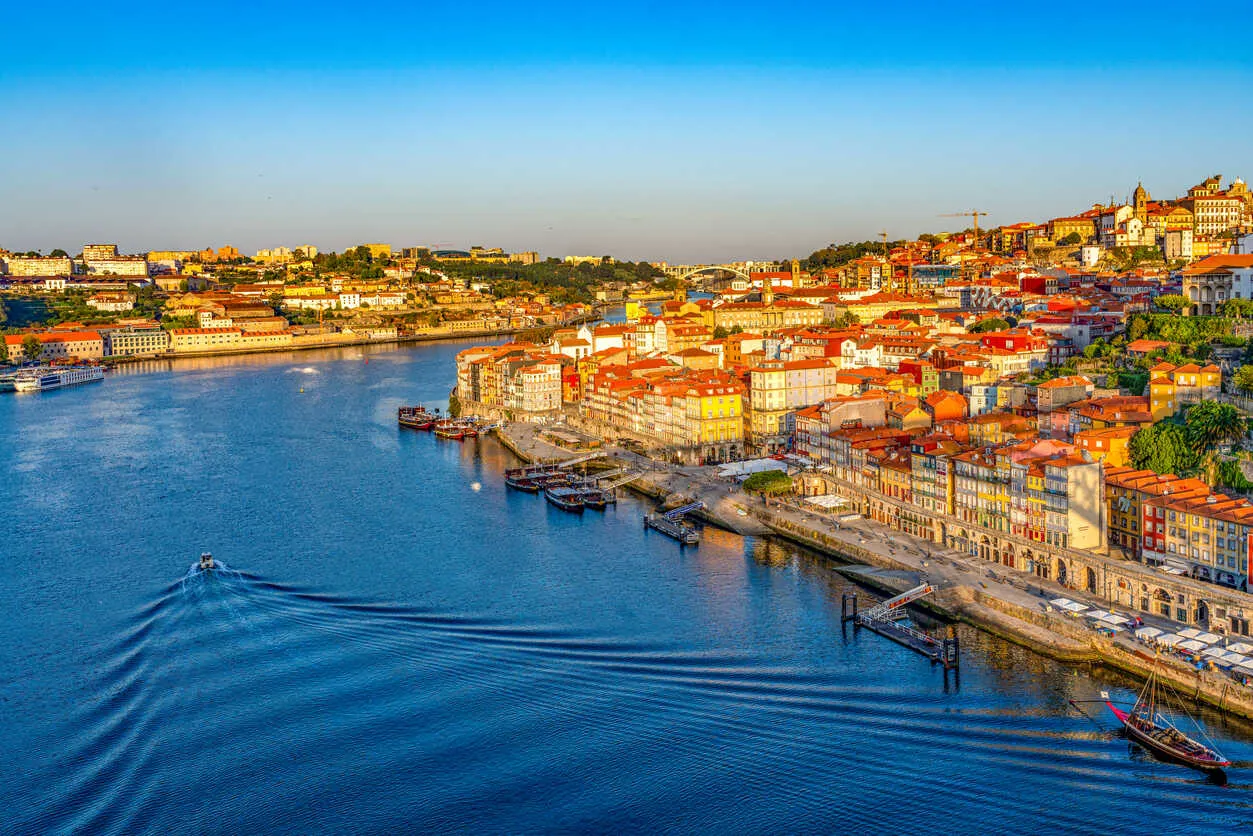
The Beating Heart of Porto These are the most touristic areas in the city, so proceed with caution. They’re an absolute must-visit, and perfect to explore when friends come to town. After all, Porto’s historic center, including the Dom Luís I Bridge, is a UNESCO World Heritage site.
The Ribeira area is stunning with winding cobbled streets, postcard views, and plenty of hills. You can walk down the narrow lanes to the Douro River, but remember, you’ll have to walk back up. It’s not for the faint of heart. Prices are higher here, and apartments are scarce. If you’re after those river views but prefer a little more peace, consider Miragaia instead. It shares the same charm but feels more local and less crowded than Ribeira and Baixa.
Keep in mind that food and drink prices are also higher in these central neighborhoods. A simple coffee in Ribeira can cost nearly twice as much as it would elsewhere in the city. And the daily crush of tourists, especially in summer, means even getting on the metro can test your patience.
Still, for some, this is the very pulse of Porto. If you thrive on energy and love being in the middle of it all, these historic districts offer a front-row seat to the city’s beauty and bustle.
Cedofeita & Vitória, Bolhão & Ildefonso
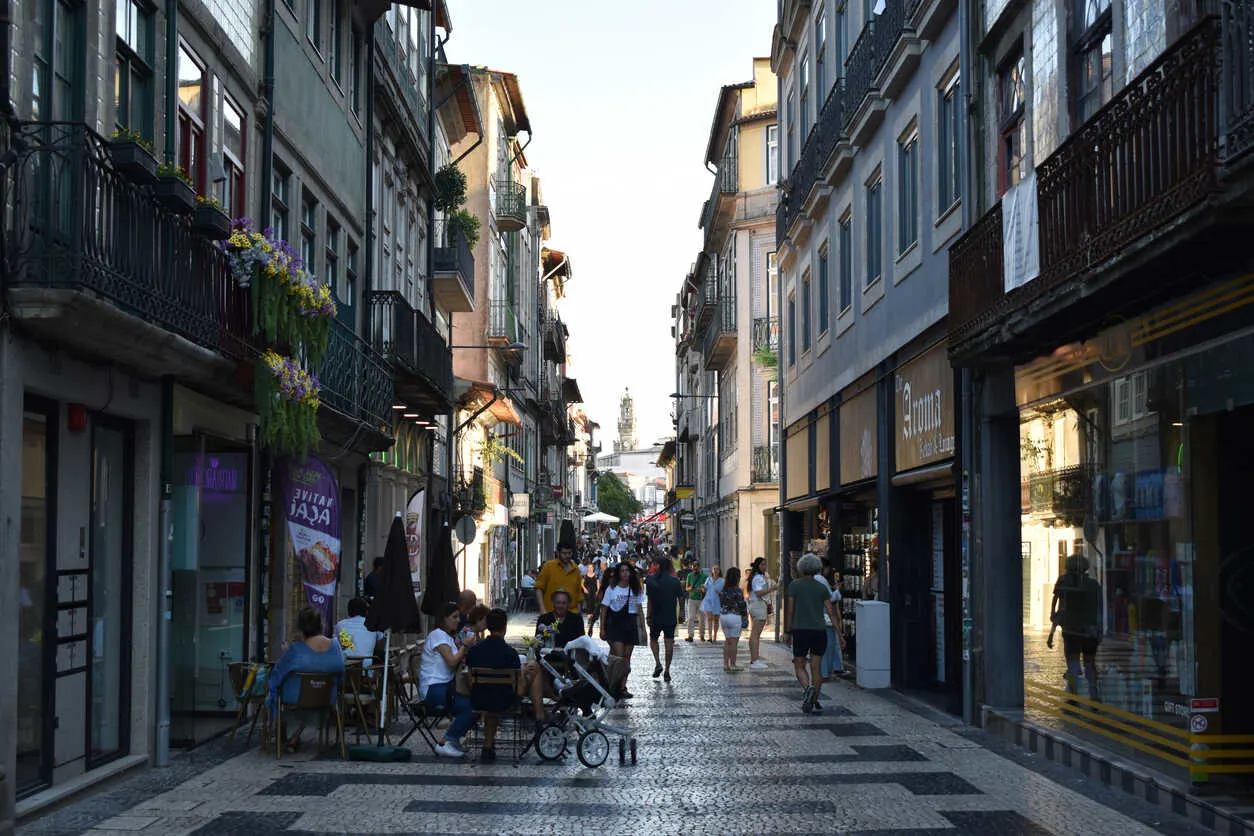
Where Creativity Meets Shopping
Just a few blocks away from the tourist mayhem lie two of my favorite districts—Vitória and Cedofeita. They’re only a nine-minute walk apart, but couldn’t feel more different.
Vitória is home to two of Porto’s most beloved green spaces: the terraced Parque das Virtudes and the broad Jardim da Cordoaria. Tourist favorites like the Clérigos Tower and Livraria Lello, the famous bookstore said to have inspired Harry Potter, are also here. So is Subenshi, arguably the best sushi restaurant in Porto. But I’ll warn you about sushi in Portugal: options are limited to mostly tuna and salmon, and for reasons I’ll never understand, strawberries and cream cheese are considered an acceptable pairing.
With its landmarks and popular restaurants, housing in Vitória is limited and often pricey.
If I had to pick a single favorite neighborhood, it would be Cedofeita—without question. Known as Porto’s artistic quarter, it’s full of charm and creative energy. Most buildings are still tiled and historic, and the streets are lined with galleries, small markets, and funky restaurants. You’ll even find Rosebud, the city’s only all-English bookstore. Sometimes a neighborhood’s appeal isn’t something you can list; it’s a feeling. For me, that place is Cedofeita. There’s more housing here, and while it buzzes with daytime activity, it settles into a calm quiet at night.
Meanwhile, Ildefonso and Bolhão hum with energy day and night. These two areas form Porto’s true downtown core.
Ildefonso is where you’ll find the Aliados metro station and one of Porto’s most striking plazas. The architecture here will have you craning your neck, mouth open in awe. (I recently learned that this plaza was once covered in traditional ceramic tiles, but they were removed to make space for community events and concerts, which is a real shame.)
Just a few minutes’ walk from São Bento Station, Ildefonso is home to luxury retailers like Burberry, Hugo Boss, and MaxMara. Unsurprisingly, it’s an expensive area to live in. During the holidays, Aliados glows with lights as crowds gather for hot ramen and street celebrations. Friends of mine live here and love the convenience, though they admit the constant noise can be tiring. Street cleaners pass daily to wash away the remains of the previous night’s revelry. A few blocks away, Bolhão offers a different kind of buzz. It’s home to the vibrant pedestrian-only street Santa Catarina, where well-known shops like Sephora and restaurants like Honest Greens and Cult of Pita draw steady crowds. Beneath it all is an underground shopping mall that adds to the area’s convenience.
People parade up and down Santa Catarina from morning until late at night. Two of Porto’s iconic blue-and-white-tiled churches sit here, and toward the river, you’ll find Indian grocery stores selling every spice imaginable.
You won’t want to miss the Bolhão Market, which reopened in 2022 after extensive renovations. Inside, stalls brim with fresh produce, nuts, olives, flowers, and specialty items. This is the part of the city that truly “never sleeps.” One of my closest expat friends lives here and loves it—but for me, it’s a bit too much. Walking through these streets during the day can feel like navigating a parade. Still, the upside is undeniable: everything your heart desires is within walking distance, from the beloved Chen Chinese supermarket to the fantastic secondhand shop Humana.
Bonfim & Antas
My Favorite Place to Live (and Where I Do Live)
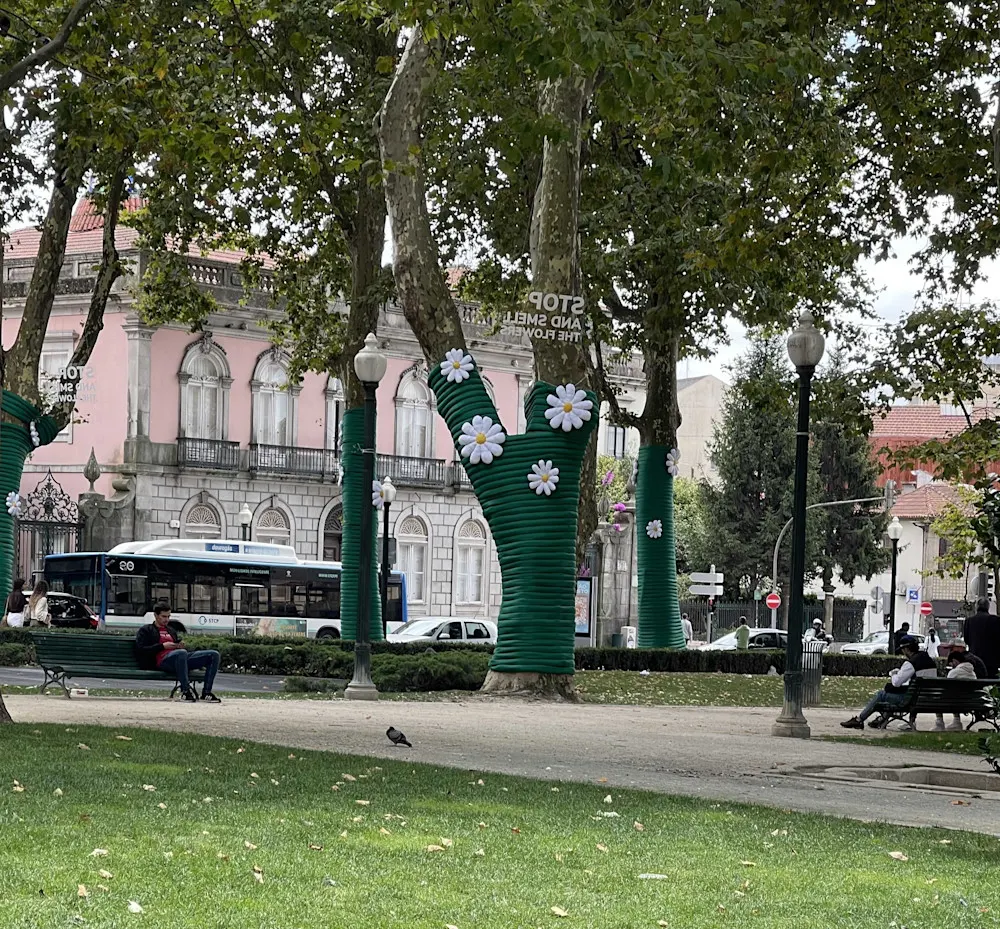
For anyone looking for a blend of value, authenticity, and modern comfort, the answer lies just east of the center. This is the part of Porto I call home, and it offers a diverse mix of residential living.
Bonfim is a neighborhood of contrasts—historic and modern buildings, family-run tascas (traditional Portuguese restaurants), bakeries, and supermarkets. You know you’re in the city here, but you feel slightly removed from the bustle. It’s quieter, with a relaxed, residential feel. Bonfim sits next to Campanhã, the area that houses the main train stationyour gateway to exploring Portugal and the rest of Europe.
This district has its quirks, but also its gems. One of my favorites is Café Passaporte, where you’ll find the best bagels in town. From Bonfim, it’s a quick 10- to 15-minute walk downtown. The neighborhood’s iconic neoclassical church, perched high on a hill, watches over it all like a sentry.
A little to the northeast lies my own neighborhood, Antas. It’s often more affordable and about a 25-minute walk to downtown. Here you’ll find fewer historic buildings and more of the plain 1950s cement-block apartments. Still, the area around Praça Velasquez, my local square, is lovely—and I count myself lucky to have landed here without knowing anything about it beforehand.
Antas is safe, and if you’re not living directly on the main road (which, unfortunately, I am), it’s pleasantly quiet. A few blocks from my apartment, there’s a pedestrian-only walkway where dog owners gather each evening. Everything I need is within walking distance—three supermarkets, a dog groomer, cafés, restaurants, and two metro stations. Four parks are nearby, including the city’s only fenced-in dog park.
When I first moved here, I didn’t factor in that I might eventually buy a car, and my apartment didn’t come with parking. Luckily, there’s usually free street parking in the area. It can be tricky at times. I live near a major shopping center, across from a private elementary school, and a 15-minute walk from Estádio do Dragão, home of FC Porto, but with a little timing, I always find a space. On game nights, the sidewalks are so wide that cars park right on them.
Next to Bonfim is Campanhã. To me, this area has the same energy Brooklyn had in the early 1990s, when it was just starting to boom. It’s still affordable, and I know several expats who’ve recently moved there. Campanhã is a large, diverse neighborhood with a lot of potential. It’s home to both the main train station and one of the city’s largest metro hubs.
Parts of Campanhã are still run-down, but the area is clearly on the rise. The weather here tends to be slightly warmer, thanks to its location to the east. Past Estádio do Dragão, open fields stretch toward the horizon, giving it a feeling of space. The southern side, near the freeway, is more urban—dense, winding, and filled with old stone houses and narrow lanes.
One of the neighborhood’s treasures is Parque Oriental, a 25-acre green space that follows the banks of the Rio Tinto River. Its shaded paths make it a perfect place for a jog or a stroll with your dog.
If you’re thinking of buying property but want to stay within Porto, I highly recommend Campanhã. It still feels authentic, it’s full of character, and it’s one of the few areas where owning a small home remains within reach.
Get Your Free Portugal Report Today!
Get Your Free Portugal Report Today!
Discover why we love a slower pace of life in Portugal and info on other European countries in our daily postcard e-letter. Simply enter your email address below and we’ll send you a FREE REPORT – Explore the Old World in Laidback Portugal.

By submitting your email address, you will receive a free subscription to IL Postcards, Overseas Dream Home, The Untourist Daily and special offers from International Living and our affiliates. You can unsubscribe at any time, and we encourage you to read more about our Privacy Policy.
Boavista, Massarelos & Ramalde, Foz do Douro
The West Side: Modern, Upscale, and Coastal
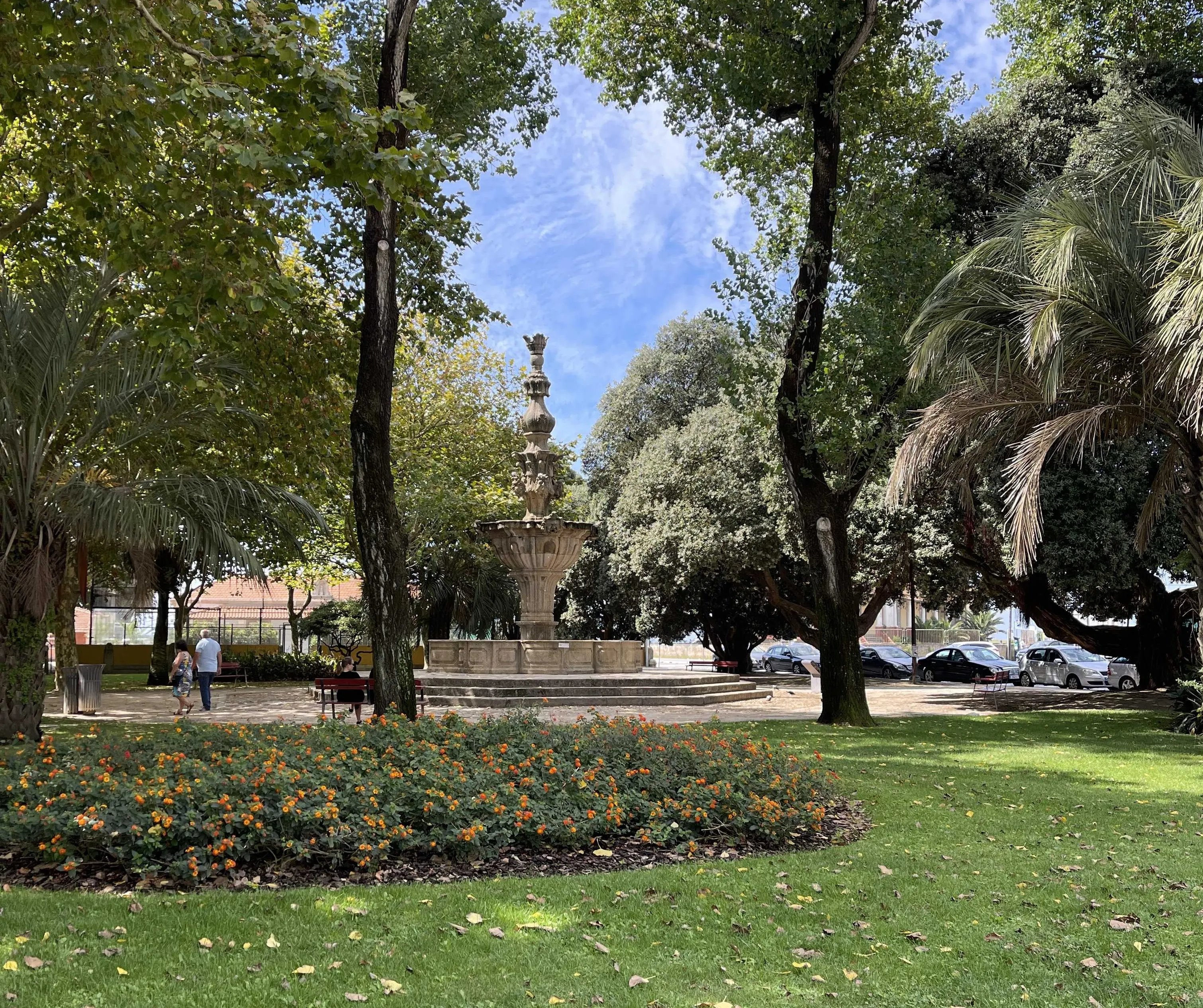
Boavista is a longtime favorite among expats. It feels like another downtown—though technically, it’s not. Residents rarely need to leave the neighborhood to find what they need. You’ll find supermarkets, office buildings, shops, cafés, fantastic restaurants, Casa da Música, and even a large shopping center.
At its center lies the Rotunda da Boavista, a massive roundabout with eight exits and a monument in the middle. It’s both a cultural and commercial hub, and during rush hour, a source of endless traffic.
I have three expat friends who’ve lived in Boavista; two moved away after a year, worn out by the constant bustle. The third found a quiet street nearby and loves it. Personally, I could never live in Boavista, but I adore that it borders Serralves, one of the best museums and parks in Porto.
Standing on Avenida da Boavista and facing west toward the Atlantic (and Foz do Douro), the neighborhood of Massarelos lies to your left, between the avenue and the river. It’s become a pricier option in recent years, but for those drawn to water views, it’s an appealing alternative to Ribeira—more residential, calmer, and less touristy.
To the right of Avenida da Boavista is Ramalde, a large neighborhood that shares Massarelos’s quieter, more residential feel. A friend of mine recently moved from Massarelos to Ramalde because it was more affordable. She says she misses being closer to the action but appreciates the peaceful pace. Ramalde still sits within Porto’s boundaries, and it’s ideal if you want to be near the beach without paying Foz prices.
Ramalde also borders Porto’s largest green space, Parque da Cidade, a 205-acre park filled with walking and cycling trails, a weekly organic market, and paths that lead straight to the sea.
If you imagine yourself living the beach life in Porto, and your wallet agrees, Foz do Douro might be your dream spot. Foz offers much more than a stretch of sand. Its steep streets and eclectic architecture tell stories of an older, more elegant Porto. The area mixes luxury apartments and historic homes with leafy parks, a health food store, and an array of upscale restaurants.
It’s one of the most expensive neighborhoods in Porto, but also the only one offering a true coastal escape within city limits. I’ll cover nearby seaside towns in a future article, where you’ll find beaches that rival those of Foz, but for many expats, this is where Porto meets paradise.
Paranhos
The North—Porto’s University District
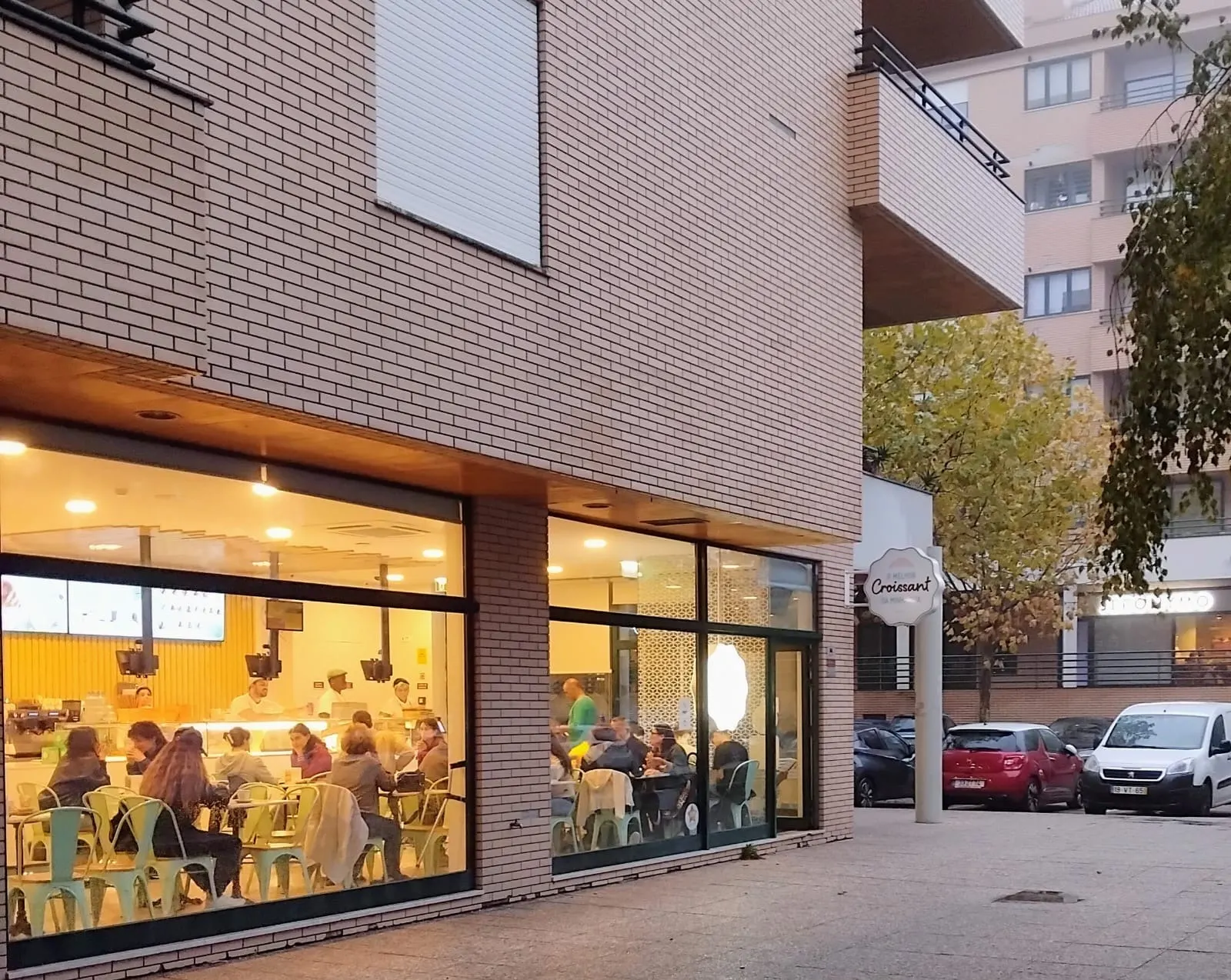
Last but not least is Paranhos, the city’s large northern district—still well within Porto’s limits. This area is home to the University of Porto’s main campus and Hospital de São João, one of the largest public hospitals in Portugal. It’s also the final stop on the metro’s D Line.
The southern end of Paranhos has more character and older architecture, while the upper portion is newer, more functional, and noticeably more affordable. It may lack some of the historic charm of Porto’s central neighborhoods, but it’s a smart choice for budget-minded expats, academics, and healthcare professionals who want easy access to work and the metro without paying central-city rents.
Before You Rent in Porto
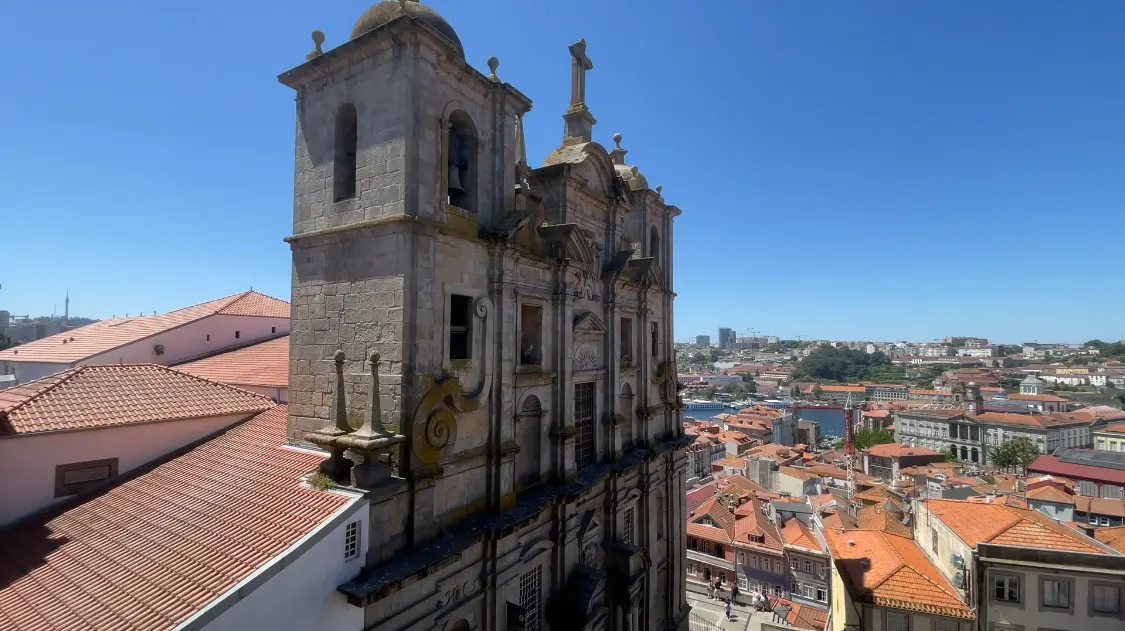
Here are a few things to consider when renting an apartment in Porto:
How new or old is the construction?
This will tell you how well-insulated the building is. Winters here can feel colder than they are because of the humidity, and in older buildings it’s often chillier inside than out.
Does the building have heat and A/C?
If one exists, there’s usually both. My building is old and has neither. I run two electric oil heaters all winter and still need wool sweaters, parkas, hats, and scarves indoors. A friend in a newer apartment, by contrast, stays warm all winter without ever turning on her built-in heat.
Is there an elevator?
A third-floor walk-up sounded fine, until my dog got sick and had to be carried up and down the stairs five times a day. And don’t get me started on hauling groceries.
Is there a yard or balcony?
This can be important if you have a dog, enjoy sunshine, or dream of growing herbs or flowers.
Are you allowed to dry laundry on your balcony?
I’m not—and now my guest room doubles as my laundry-drying space. It’s far less charming than it sounds.
Where’s the closest patch of grass?
If your dog insists on doing its business only on grass, as my Portuguese rescue does, you’ll want to check this before signing a lease.
Is there a washing machine?
If not, how far is the nearest laundromat?
How close are you to cafés, markets, restaurants, gyms, or salons?
Porto is walkable, but proximity makes daily life infinitely easier.
What about the metro?
Bus stops are everywhere, but buses don’t always run on time. The metro, on the other hand, is reliable, frequent, and easy to use.
Is parking included?
If you plan to buy a car, confirm whether a space is included or available nearby.
Finding Your Place in Porto
As you can see, Porto offers a huge variety of experiences. Maybe you’re itching to live in the historic, winding, tourist-laden alleyways of Ribeira. Or perhaps the salty air of Foz do Douro is calling you. Porto’s compact nature means you can find whatever you’re looking for. Even if you end up in the quieter Bonfim, you’re just a hop, skip, and jump from the downtown excitement of Bolhão. Dreaming of the creative buzz of Cedofeita, or the modern convenience of Boavista? No area of Porto is far. You can walk it, hop on the metro, or grab a bus or Uber to take you from one end to the other, often in under thirty minutes, barring rush hour.
If you can, I highly recommend walking the city—explore the cafés and bakeries, sip coffee from one end to the other, and experience the unique rhythm of each neighborhood. In this small, big city, you won’t just find a place to live, you’ll find a place to belong.
Get Your Free Portugal Report Today!
Get Your Free Portugal Report Today!
Discover why we love a slower pace of life in Portugal and info on other European countries in our daily postcard e-letter. Simply enter your email address below and we’ll send you a FREE REPORT – Explore the Old World in Laidback Portugal.

By submitting your email address, you will receive a free subscription to IL Postcards, Overseas Dream Home, The Untourist Daily and special offers from International Living and our affiliates. You can unsubscribe at any time, and we encourage you to read more about our Privacy Policy.
